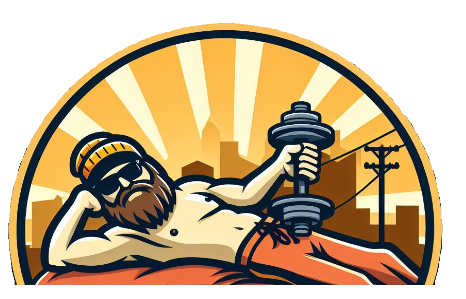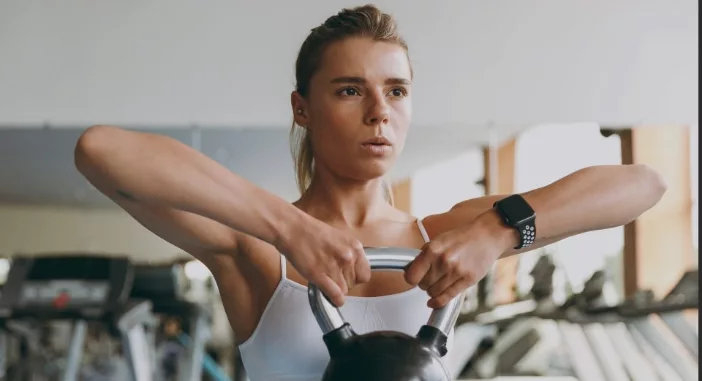Breathing Techniques
Breathing is more than just taking in air—it’s a fundamental pillar of life and well-being. Every breath we take influences our body and mind in more ways than we often realize. Think of breathing as the remote control for your nervous system, capable of both calming and energizing you, depending on the technique you use.
The link between mind and body through breath has been acknowledged for centuries. Ancient cultures, including those from India and China, have long integrated breathing exercises into their spiritual and physical practices. Yoga, Tai Chi, and Qigong are just a few examples where breath control is central to the practice, emphasizing its role in achieving a balanced life.
On the modern front, science has backed up what those ancient thinkers knew all along. Studies show that deliberate breathing techniques can lower stress hormones, boost mental clarity, and even enhance physical performance. Imagine feeling less anxious or getting a better night’s sleep just by changing how you breathe—it’s that powerful.
Breathwork isn’t just some crunchy, new-age trend. It’s a practical tool you can use daily for a healthier, more balanced life. So, whether you’re seeking better focus, more energy, or just some inner peace, learning the right breathing techniques could be key.
Mastering Basic Techniques.
Getting your breath under control can be surprisingly easy, and it’s something you can start doing right away. One of the easiest techniques to master is diaphragmatic breathing, sometimes called “belly breathing.”
This involves inhaling deeply through your nose so your belly, not your chest, rises. It’s like giving your lungs a nice, full stretch, bringing in more oxygen and promoting relaxation. All it takes is a few minutes a day, and you’ve got a stress-buster right in your back pocket.
Then there’s box breathing, a favorite among those dealing with high-pressure situations, like first responders and athletes. Start by sitting comfortably and picture a box.
Inhale for a count of four as you mentally draw the top of the box, hold your breath for four counts as you trace down one side, exhale for four to form the bottom, and hold again along the second side. It’s all about balance and can really calm your nerves when you’re feeling overwhelmed.
The 4-7-8 method is another simple yet powerful technique worth exploring. Breathe in quietly through your nose for a count of four, hold for seven counts, and blow it out forcefully for eight counts. This pattern is like a lullaby for your nervous system, great for those nights when sleep seems impossible.
Remember, posture and environment play starring roles in effective breathing. Sit or lie down in a comfortable position, shoulders relaxed. A peaceful setting — maybe soft music or even silence — can enhance the calming effect. Consistent practice is key. Make it part of your routine and feel the transformation.
Beyond the Basics
It’s time to step up your breathwork game with some advanced techniques that offer targeted benefits. These go a bit deeper and can really transform your mental and physical well-being when practiced regularly.
Nadi Shodhana, or alternate nostril breathing, is a classic. It’s great for creating mental clarity and balance. You use your thumb and ring finger to alternately close off one nostril, breathing in through one and out through the other. This equals more than just fresh air—it balances both sides of the brain, reducing stress and improving focus.
Kapalabhati is like the espresso shot of breathwork. It’s a series of quick, forceful exhalations followed by passive inhalations. This technique invigorates and energizes your body in the morning, fires up your metabolism, and sharpens your concentration.
The Wim Hof Method is another advanced practice, blending breathwork with cold exposure. Wim Hof breathing is characterized by powerful inhalations and relaxed exhalations, repeated for several rounds. It’s credited with boosting immunity and increasing energy levels—perfect if you’re feeling a little rundown.
The key to mastering any advanced technique is consistency. Understand your personal needs and what each technique offers.
Maybe try Nadi Shodhana on your lunch break when you need a mental reset, or start your day with Kapalabhati for that extra energy boost. Every breath can guide you toward better health, so find what fits your life.
Techniques to help your workout.
Strength Training
Take the bench press as an example. As you press the bar, slowly and continuously exhale. Then, at the top of the lift or on the return, inhale. Keep in mind that after you press that barbell, the weight doesn’t go away, so you should maintain your core active to protect your spine, much like you would when you’re getting ready for an impact in contact sports.
Don’t forget to exhale when in doubt! Although holding the breath for too long might hinder the return of blood to the heart and elevate blood pressure, which is clearly not the aim here, holding the breath increases pressure inside the chest, which is beneficial for stability.
Team Sports
An essential component of the postural control and core stabilizing systems are the breathing muscles. This suggests that it’s preferable to take a deep breath and then brace the core when you anticipate a load or impact. This will assist protect the spine in addition to making us harder to knock over.
On the field or when sprinting, there is no one right technique to breathe; nonetheless, the diaphragm, the most effective breathing muscle, should be used, not the chest. “The rib cage should generally expand in three dimensions, from top to bottom, back to front, and to the sides.”
Running
Although there isn’t a hard-and-fast rule, many runners find that breathing once per two foot strikes is the most comfortable. This is referred to as the 2:2 rhythm and involves taking two steps (one left, one right) when inhaling and two steps while exhaling.
Synchronizing the breath with the running cadence can prevent the surrounding organs from applying undue pressure to the diaphragm, which can hinder breathing and make running more painful than necessary because the diaphragm and surrounding organs are all subject to the forces of gravity.
Integrating Breathing Practices Into Daily Life
Figuring out how to incorporate breathing techniques into your daily routine might seem a bit daunting at first, but it’s all about making a habit rather than finding time. Start by setting aside just five minutes in your daily schedule. Whether it’s first thing in the morning, during a work break, or right before bed, a consistent practice time helps turn these exercises into a natural part of your life.
Combining breathing exercises with yoga or meditation amplifies the benefits. Yoga classes often begin and end with breathwork, which can enhance both your physical and mental practice. Meditation pairs up perfectly with focused breathing to deepen relaxation and mindfulness, creating a powerful duo for stress management.
Keeping track of your progress can be motivating. Consider using apps designed to guide and monitor your breathing exercises. They often come with reminders and tailored exercises based on your goals, plus they can make tracking your improvements easy and rewarding.
Real-life stories can be incredibly inspiring when it comes to committing to a new practice. Many people have found that incorporating structured breathwork into their daily lives has improved their management of anxiety, boosts energy, and even handles chronic pain. Hearing about how breathwork has benefited others may just give you that extra push to stick with it.
Here is a link to FREE weight training exercise templates you may download and print.
Steve

Some links on this site may be affiliate links, and if you purchase something through these links, I will make a commission on them.
There will be no extra cost to you and, you could actually save money. Read our full affiliate disclosure here.

